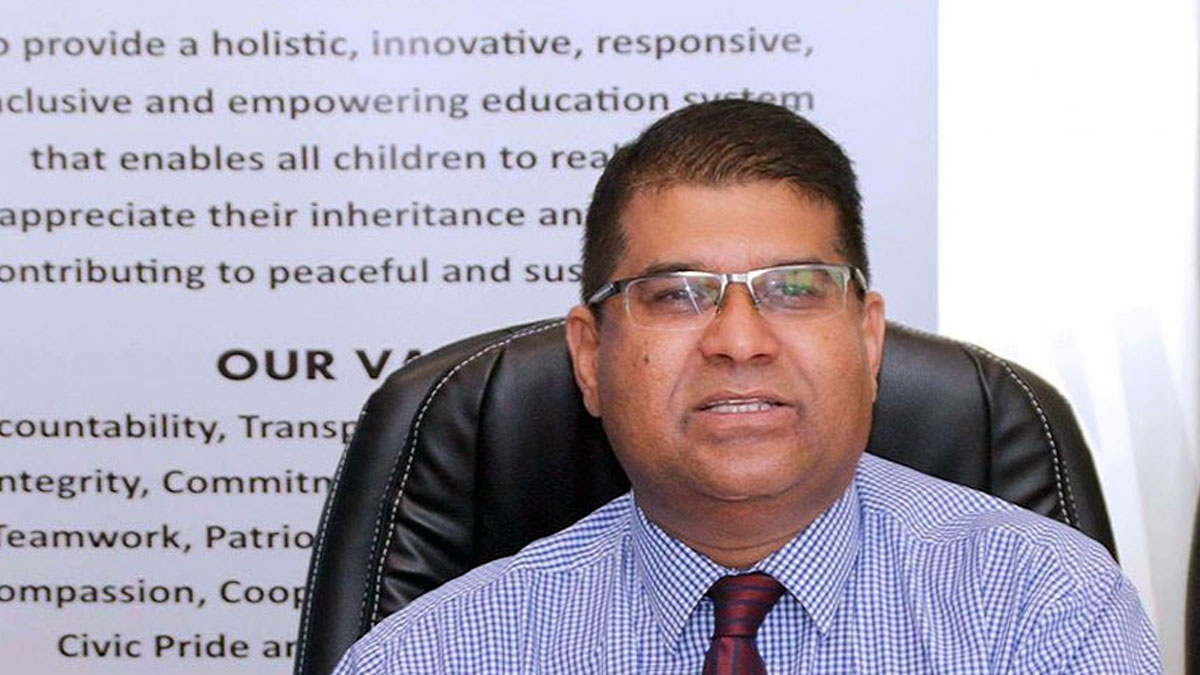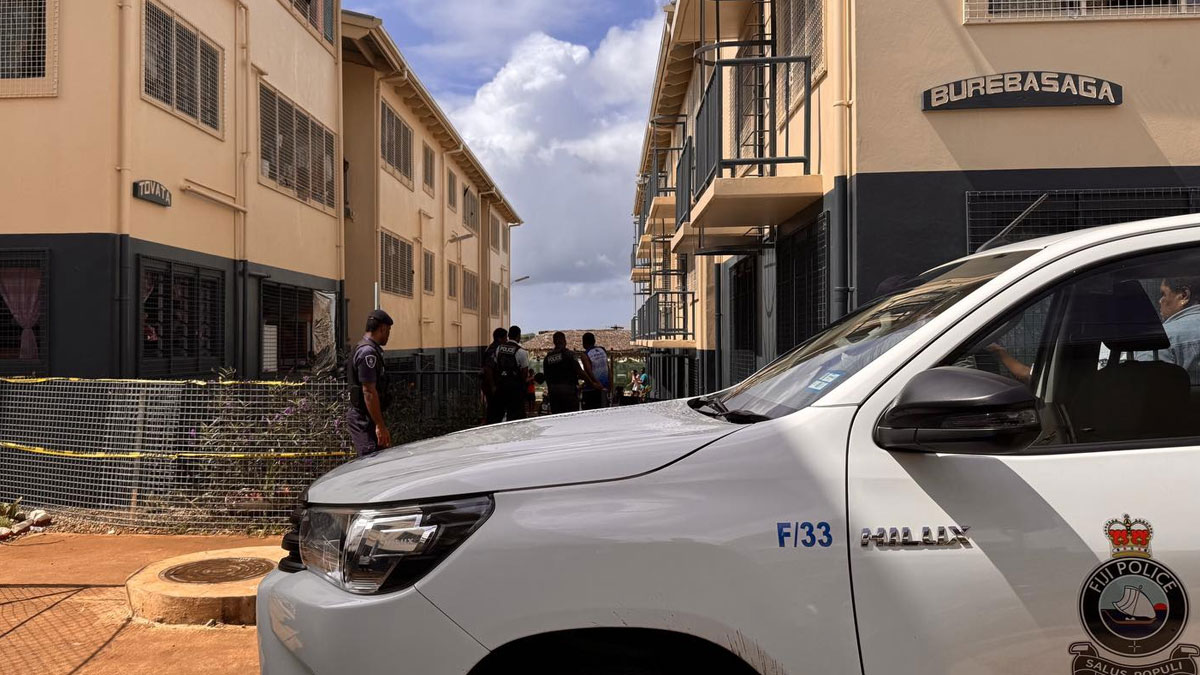
The Fijian economy is now expected to grow by 12.4 percent this year, up from the 11.3 percent growth envisaged earlier.
The Reserve Bank of Fiji Governor and Chairman of the Macroeconomic Committee, Ariff Ali says the ongoing tourism recovery and its flow-on effect on employment, tax collections and overall aggregate demand, as well as the absence of restrictions on economic activity relative to last year, will provide the required tailwinds to the recovery.
The main sectors expected to contribute to the growth outlook are the transport and storage; accommodation and food services; manufacturing; finance and insurance; agriculture and education sectors.
The broad-based economic recovery is envisaged to continue into 2023 and 2024, with the economy forecast to expand by 9.2 percent and 5 percent, respectively.
Despite the growing optimism, Ali says the rising risk of stagflation across the globe is a significant downside risk to the outlook.
Stagflation is persistent high inflation combined with high unemployment and stagnant demand in a country's economy.
The RBF Governor says globally, high inflation rates have led to aggressive monetary policy tightening in advanced countries, which will stall growth and possibly dampen demand for travel to Fiji.
He says a weaker global economy would subdue domestic aggregate demand and slow down the pace of recovery.
In addition, increasing competition from other cheaper destination markets can negate Fiji’s first-mover advantage in our major markets such as Australia and stifle the recent rising trend in arrivals.
The RBF Governor says on a positive note, demand for travel continues to rise globally, thus Fiji can still gain from the expanding pie of travel-ready tourists.
On the inflation front, supply-side constraints are poised to ease from next year, hence inflation rates will likely subside.
Stay tuned for the latest news on our radio stations

